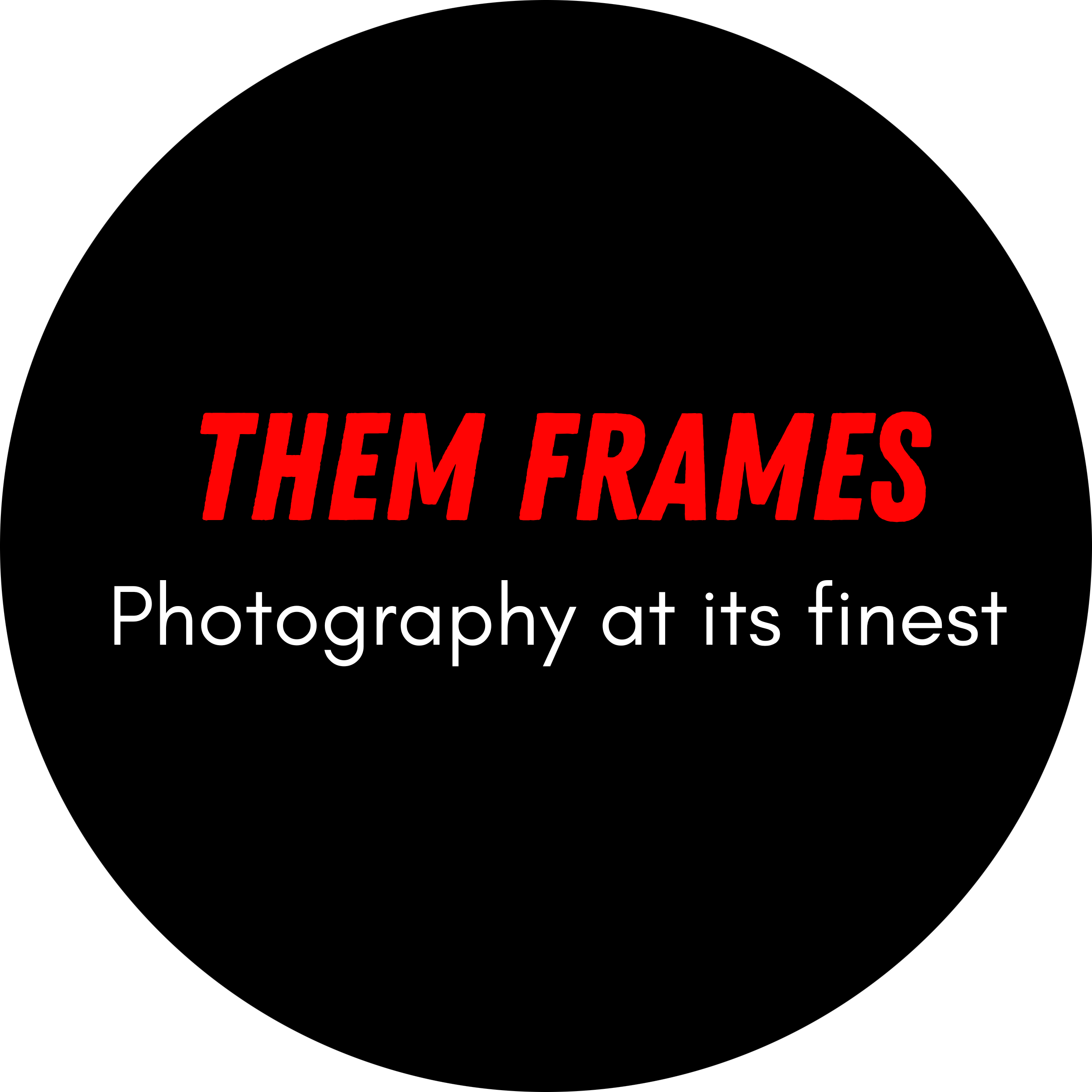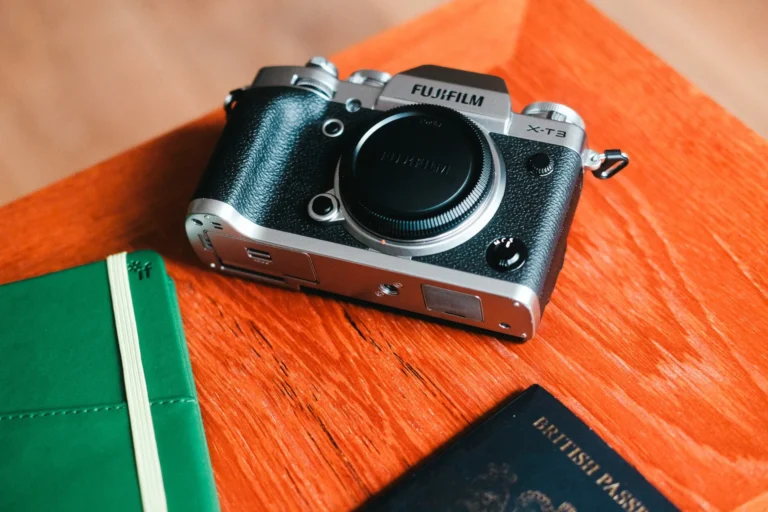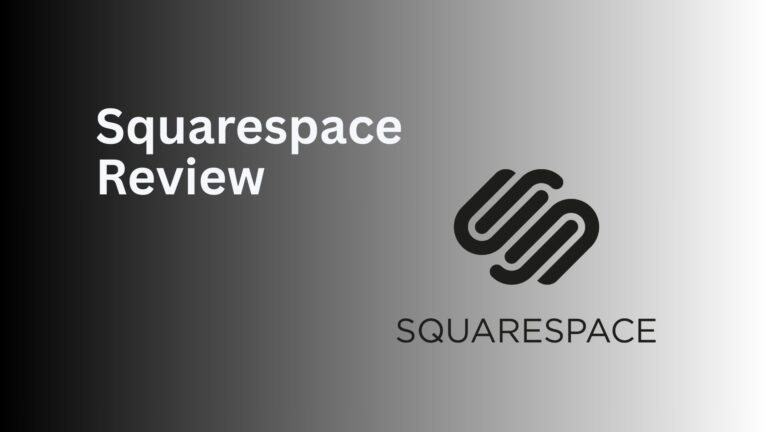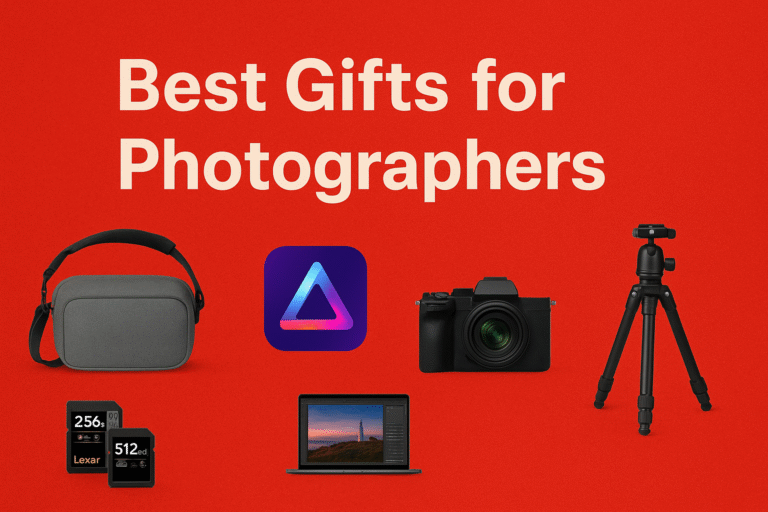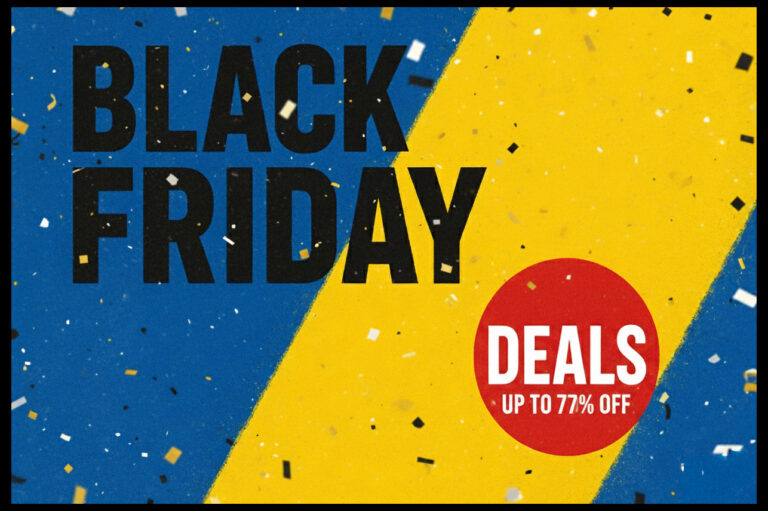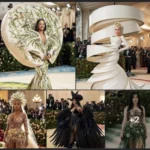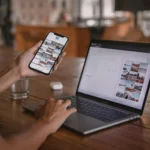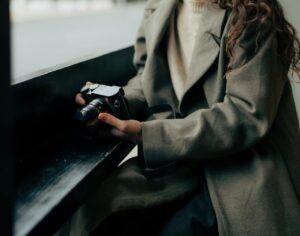
I’ve practiced street photography for over a decade, and in that time I’ve used every type of camera you can think of. From DSLR to mirrorless, large to small, I’ve learned what best suits my workflow. If you’re stuck on finding the best street photography camera, don’t worry, because I’m sharing the top options currently available.
For transparency, I use the Fujifilm X-T3 for my street photography. I adore the manual dials, the fact that it’s lightweight, and, of course, the image quality. That said, while I’d love for you to agree that it’s the best camera for street photography, I know that’s not realistic.
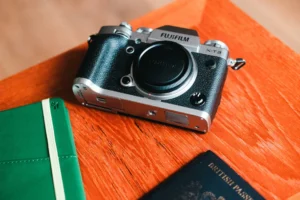
So, this won’t just be a call to action to shoot Fujifilm. Instead, it will be a range of different options for the different types of street photographers that exist.
Is the Fujifilm X100VI the Best Street Photography Camera?
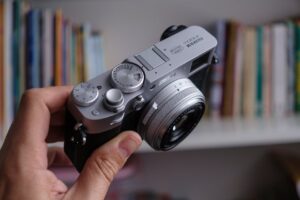
Photo by İrfan Simsar
Although it’s a superb camera, I won’t be recommending the Fujifilm X100VI. It’s very hard to get brand new, and the used market inflates its price. Why potentially wait months for a camera when you can use one that’s just as good (or better) instead?
I did get a chance to use the camera at The Photography and Video Show in London. Its build quality is excellent, and the 23mm fixed lens (35mm full-frame equivalent) ticks so many boxes for street photography. So, if you really want it, it’s not a bad choice—but for the reasons above, I won’t class it as one of the best.
With that cleared up, let’s get into my selection.
Related: Best Lens for Street Photography
Fujifilm X-E5: Best Street Photography Camera
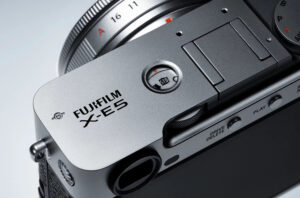
The Fujifilm X-E5 tops the selection because of its compactness and versatility. It weighs just 445g and measures 124.9mm wide, 72.9mm tall, and 39.1mm deep. It could slip into your coat pocket when you’re not using it, or just hang comfortably around your neck thanks to its lightweight build.
When I talk about versatility, I’m referring to the fact that it’s an interchangeable-lens camera. Many other compact cameras come with a fixed lens, which doesn’t give you space to experiment with different styles and focal lengths.
The Fujifilm X-E5 has the same sensor as the X-T5: 40.2 megapixels powered by the X-Processor 5. Simply put, the quality is beautiful. Despite being a crop-sensor camera, you can still get smooth results in lower light—though I always advise street photographers to embrace the grain.
Unlike its predecessors, the X-E5 comes with 5-axis image stabilization. I personally don’t find this overly useful for street photography, but it does have its moments. For example, you can use slower shutter speeds to blur movement and still get sharp results with stationary subjects.
If you’re looking for a lens to pair with the X-E5, the options are abundant. I recommend the Fujifilm 35mm F2. It’s affordable, super sharp, and perfect for street photography, portraits, and even other genres. If you want to go super compact, the new Fujifilm XF23mm f2.8 R WR is another excellent choice.
Ricoh GR VI: Best Compact Street Photography Camera
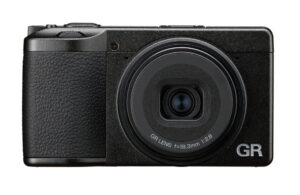
Released in September 2025, the Ricoh GR VI is the latest offering from the company’s iconic compact line. The GR series has long been considered among the best cameras for street photography. Despite being pocket-sized, it produces high-quality images with just enough grit to maintain that candid street vibe.
It weighs just 262g and measures 109.4mm wide, 61.1mm tall, and 32.7mm deep. For compact street photography lovers, this is the clear winner. Despite its small size, it still has a sensor similar to the X-E5, measuring 23.3mm x 15.5mm.
There’s a trade-off in sensor resolution: the Ricoh GR VI has a 25.74-megapixel CMOS sensor. I’ve refrained from saying it “only has” because this is more than enough for all types of street photography. You won’t be able to crop in as much in post, but nothing stops you from getting physically closer to your subjects.
As with all Ricoh GR cameras, it comes with a fixed lens: an 18mm f2.8 (28mm full-frame equivalent) with seven elements in five groups. This focal length is ideal for shooting from the hip, which can lead to some truly creative shots.
One thing to note: there’s no viewfinder. If you prefer bringing the camera to your eye, this won’t give you that option. You’ll need to compose using the LCD screen.
Related: Street Photographers Discuss the Importance of Comfy Shoes
Nikon Zf: Best Full-Frame Street Photography Camera
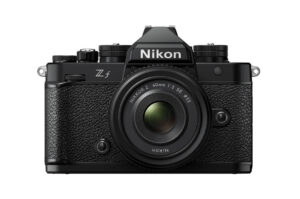
The Nikon Zf is a full-frame camera that pays homage to the old Nikon FM2. It has a 24.5-megapixel sensor and a max ISO of 64,000, making it perfect for anyone shooting at night.
Being full-frame, it’s heavier than some other options, weighing 710g with the battery and memory card. Honestly, it didn’t feel overly heavy when I tried it, but that was only for an hour—not the long days I’ve spent with my Fujifilm.
The build quality, however, impressed me more than my Fuji cameras. The dials felt robust rather than flimsy, and the overall feel was close to premium builds like those from Leica.
The Nikon Zf also has one of the best autofocusing systems on the market in terms of speed and accuracy. That’s a huge plus for street photography, where fast-moving, unpredictable subjects are the norm.
Lens-wise, you have plenty of options. The 40mm f2, in my opinion, is the sweet spot for street photography. While it doesn’t have an aperture ring (so you lose that tactile experience), the image quality and versatility are excellent.
Nikon Z fc: Best Budget Street Photography Camera
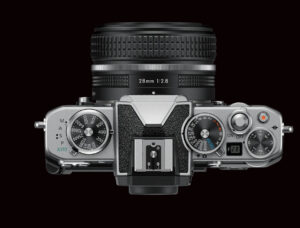
The Nikon Z fc is a compact alternative to the Zf, featuring a 20.9MP APS-C sensor while keeping the same retro-inspired manual controls. Despite the smaller sensor, it delivers impressive image quality and handles low light better than you’d expect at its price point.
Weighing just 445g, it’s lightweight and easy to carry—perfect for street photography where mobility matters. Its film-like dials and compact form also help it blend in, so you can capture candid moments without drawing too much attention.
Some dismiss the Z fc as feeling a bit plasticky, but that trade-off helps keep the cost down. In practice, it feels comfortable in hand and, more importantly, produces sharp, vibrant images.
Pair it with the 28mm f/2.8 and you’ve got a classic street setup: fast, versatile, and ready for day-to-day shooting.
Beyond stills, it even offers solid video features for casual content creation. Best of all, the pricing makes it very approachable—under $700 for the body or under $1,000 with a lens. For anyone starting out, or photographers wanting a stylish, capable camera without overspending, the Nikon Z fc is a fantastic value.
Leica Q3 43: Best Luxury Street Photography Camera
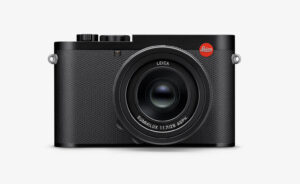
I first held the Leica Q3 while traveling in Peru, and I immediately fell in love. It’s a rangefinder-style digital camera with a full-frame 60-megapixel CMOS sensor. The build quality is best in class, and the image quality and color reproduction are some of the finest I’ve seen. Thanks to the high resolution, it’s also great for those who crop heavily in post.
It weighs 743g, but remember this is a fixed-lens camera—so that’s the total weight of both body and lens. Dimensions are 130mm tall, 80mm long, and 93mm deep. Not pocketable, but still compact for a full-frame setup.
You get two fixed-lens options: a 27mm f1.7 and a 43mm f2. Personally, I think the latter is the best choice for street photography. It’s wide enough to tell a story, yet tight enough for more intimate shots. There’s also a digital crop feature (28, 35, 50, 75, and 90mm), though I prefer not to use it.
How to Choose the Best Street Photography Camera
Choosing the best street photography camera for one person won’t necessarily be the same for another. Here are some key considerations:
- Hand size: If you have smaller hands, a compact body like the Fujifilm X-E5 may suit you best. If you have larger hands, a bigger body like the Nikon Zf will feel more natural—though you might want to invest in a hand grip.
- Versatility: If you like to experiment with different focal lengths, avoid fixed-lens cameras. But if you’re happy with one perspective, the Ricoh GR VI is a strong option.
- Longevity: Most cameras last a long time—I still use an eight-year-old one. But if you want a true lifetime camera, the higher-cost Leica Q3 could be cheaper in the long run than replacing cameras every five years.
- Style: If you plan to shoot at night and dislike grain, a full-frame camera is your best bet. If you love vibrant colors and want great JPEGs straight out of camera, Fujifilm’s offerings are hard to beat.
Where to Buy the Best Cameras for Street Photography
Amazon is a reliable option for buying cameras, with solid delivery protections. Local camera shops are another excellent choice because you can handle the camera before purchasing.
If you’re trying to save money, check out used camera sites like MPB for great deals. You can also read my MPB review to learn more about their service.
Signing Off
Street photography, for me, has always been about showing up with whatever camera feels right in my hands and letting the streets surprise me. Over the years, I’ve learned that there’s no such thing as the perfect camera, only the one that fits your way of seeing the world.
I still get excited every time I sling a camera over my shoulder, knowing I might come home with a frame that makes me pause, smile, or remember a moment that would have otherwise disappeared. That’s what keeps me going.
So if you’re hesitating, don’t. Pick up the camera you have (or invest in one that excites you) and step outside. The streets are waiting, full of light, motion, and stories. Trust yourself, press the shutter, and let the images happen.
More reading: The Ultimate Guide to Street Photography
Want your work featured on Them Frames? Pitch us.
Editors note: This article contains a small handful of affiliate links. If you invest in a camera using any of the links, Them Frames gets a little kick back which helps run the site.
Updated on 14th September 2025 to present a fresh selection of the best cameras for street photography.
